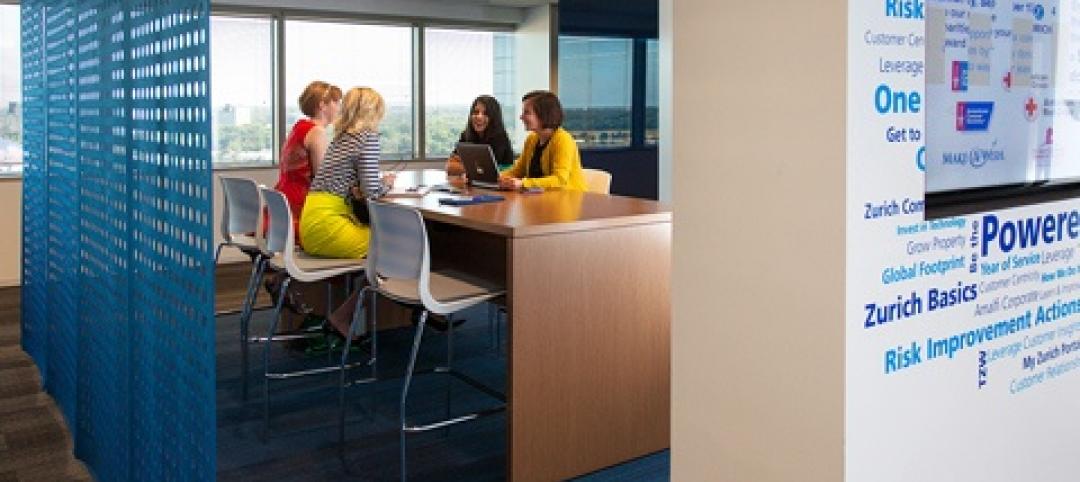The new Flight Training Center, designed by TAGO Architects for Turkish Airlines, will become the largest structure of its kind in Europe and the Middle East once completed. The 30,000-sm building will include 18 simulators and a variety of flight training departments for flight attendants, cabin, and flight training.
The building has been designed with the ability to be enlarged in the future depending on the needs of Turkish Airlines. The front of the building includes the training areas and a lounge while hangar sections and support units with a more technical function will be hidden at the rear of the building.
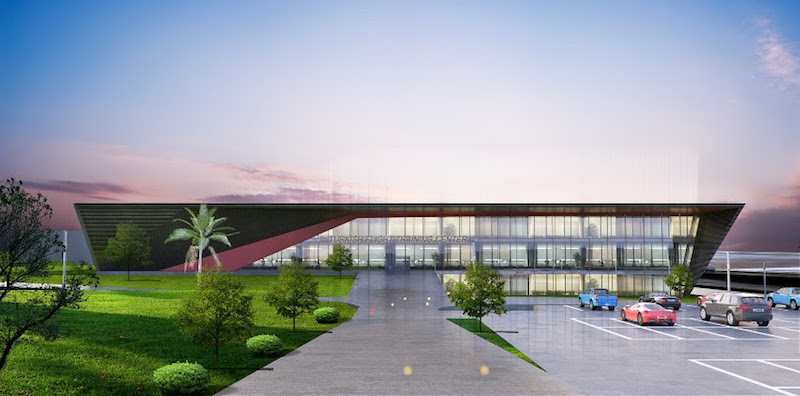 Rendering courtesy of TAGO Architects.
Rendering courtesy of TAGO Architects.
Through the use of perforated materials meant to resemble the wings of an aircraft and an amorphous, bottom-up design, the simulation center is meant to evoke the feeling of flight. Additionally, Turkish Airlines’ corporate identity is on display via the façade material and the colors in the transparent training units.
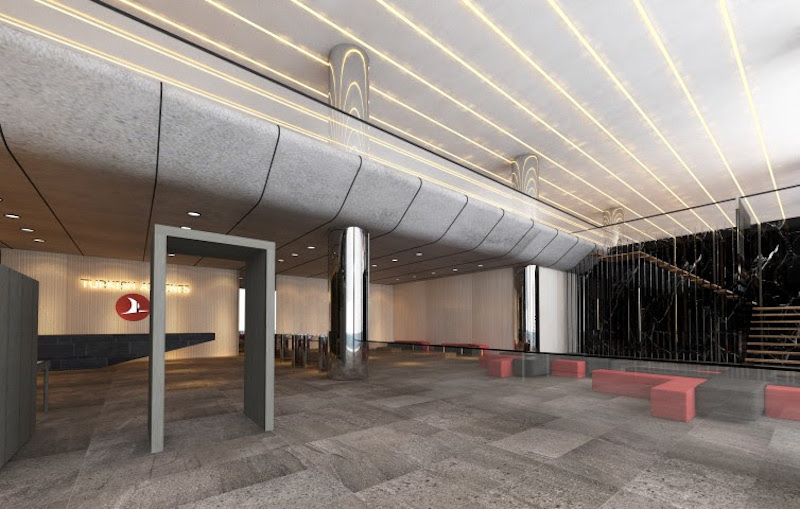 Rendering courtesy of TAGO Architects.
Rendering courtesy of TAGO Architects.
The building is located in a residential area and is expected to contribute to its economic development.
 Rendering courtesy of TAGO Architects.
Rendering courtesy of TAGO Architects.
Update
Work on the Turkish Flight Training Center has been completed. In addition to its importance as a training facility, Turkish Flight Training Center will also become an important educational tourism center in the area in the sense that it includes a great variety of flight training departments such as air hostess, cabin, and flight training centers. Below are photos of the completed project.
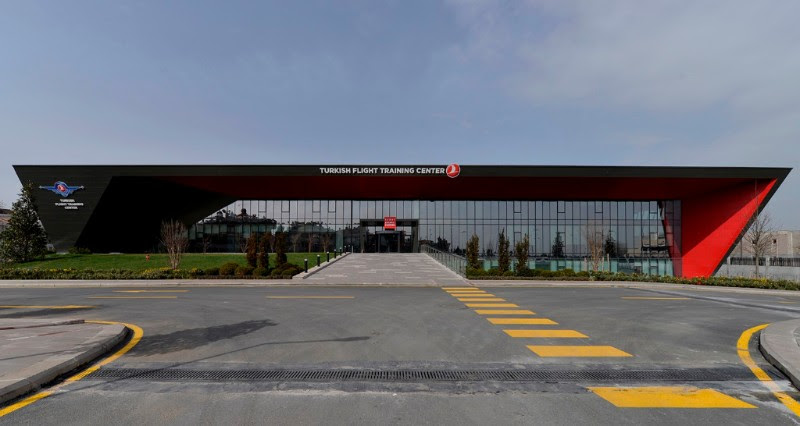
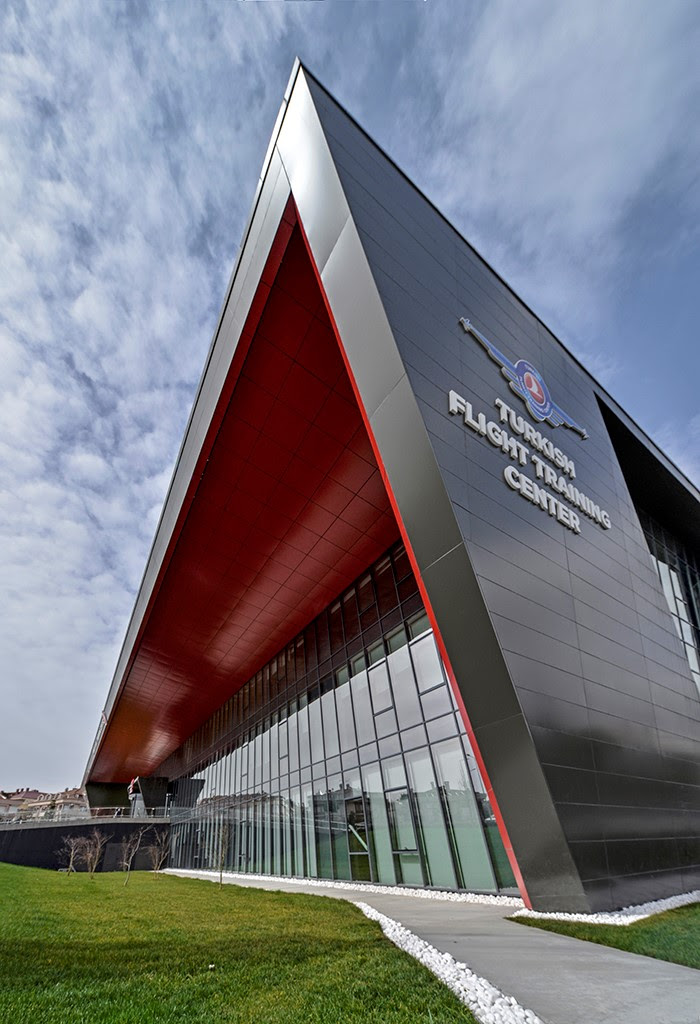
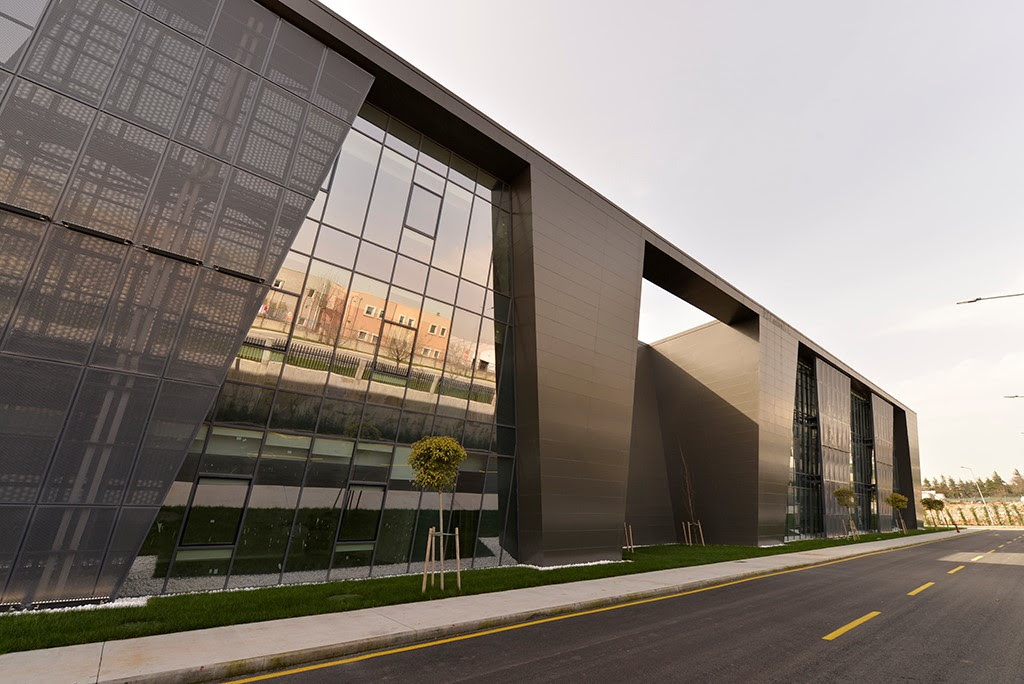
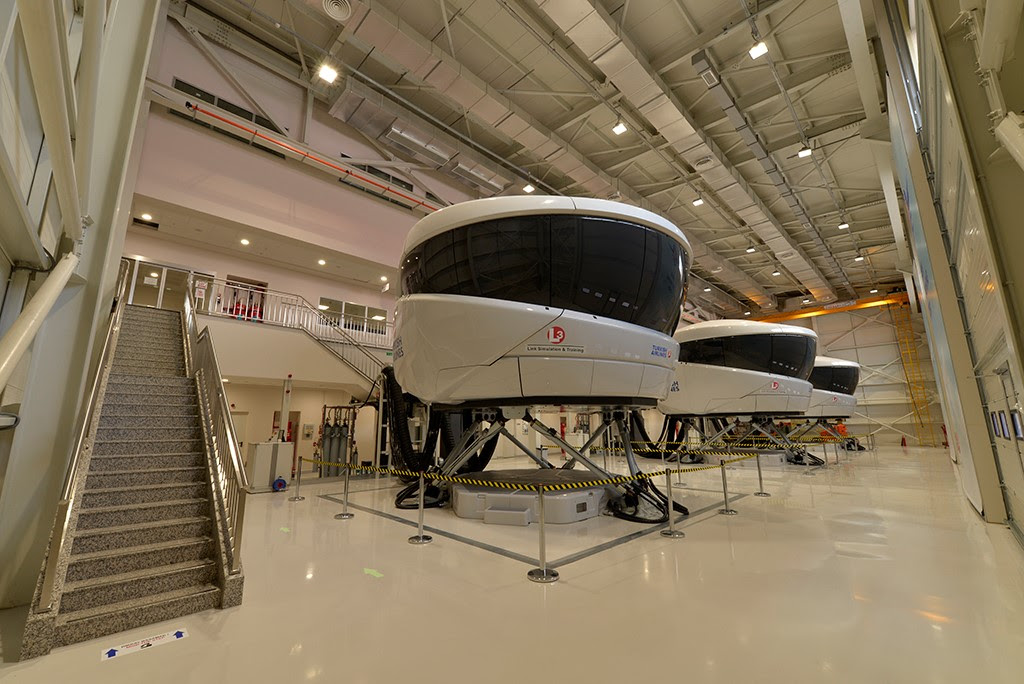
Related Stories
| Dec 2, 2014
Nonresidential construction spending rebounds in October
This month's increase in nonresidential construction spending is far more consistent with the anecdotal information floating around the industry, says ABC's Chief Economist Anirban Basu.
| Nov 29, 2014
20 tallest towers that were never completed
Remember the Chicago Spire? What about Russia Tower? These are two of the tallest building projects that were started, but never completed, according to the Council on Tall Buildings and Urban Habitat. The CTBUH Research team offers a roundup of the top 20 stalled skyscrapers across the globe.
| Nov 26, 2014
U.S. Steel decides to stay in Pittsburgh, plans new HQ near Penguins arena
The giant steelmaker has agreed to move into a new headquarters that is slated to be part of a major redevelopment.
| Nov 25, 2014
Behnisch Architekten unveils design for energy-positive building in Boston
The multi-use building for Artists For Humanity that is slated to be the largest energy positive commercial building in New England.
| Nov 25, 2014
Study: 85% of employees dissatisfied with their office environment
A vast majority of office workers feel open floor plans cause multiple distractions and that more private spaces are needed in today's offices, according to a new study by Steelcase and research firm IPSOS.
| Nov 24, 2014
Adrian Smith + Gordon Gill-designed crystalline tower breaks ground in southwestern China
Fitted with an LED façade, the 468-meter Greenland Tower Chengdu will act as a light sculpture for the city of Chengdu.
| Nov 18, 2014
New tool helps developers, contractors identify geographic risk for construction
The new interactive tool from Aon Risk Solutions provides real-time updates pertaining to the risk climate of municipalities across the U.S.
| Nov 17, 2014
Hospitality at the workplace: 5 ways hotels are transforming the office
During the past five years, the worlds of hospitality and corporate real estate have undergone an incredible transformation. The traditional approach toward real estate asset management has shifted to a focus on offerings that accommodate mobility, changing demographics, and technology, writes HOK's Eva Garza.
| Nov 17, 2014
Workplace pilot programs: A new tool for creating workspaces employees love
In a recent article for Fast Company, CannonDesign's Meg Osman details how insurance giant Zurich used a workplace pilot program to empower its employees in the creation of its new North American headquarters.
| Nov 17, 2014
Mastering natural ventilation: 5 crucial lessons from design experts
By harnessing natural ventilation, Building Teams can achieve a tremendous reduction in energy use and increase in occupant comfort. Engineers from SOM offer lessons from the firm’s recent work.











